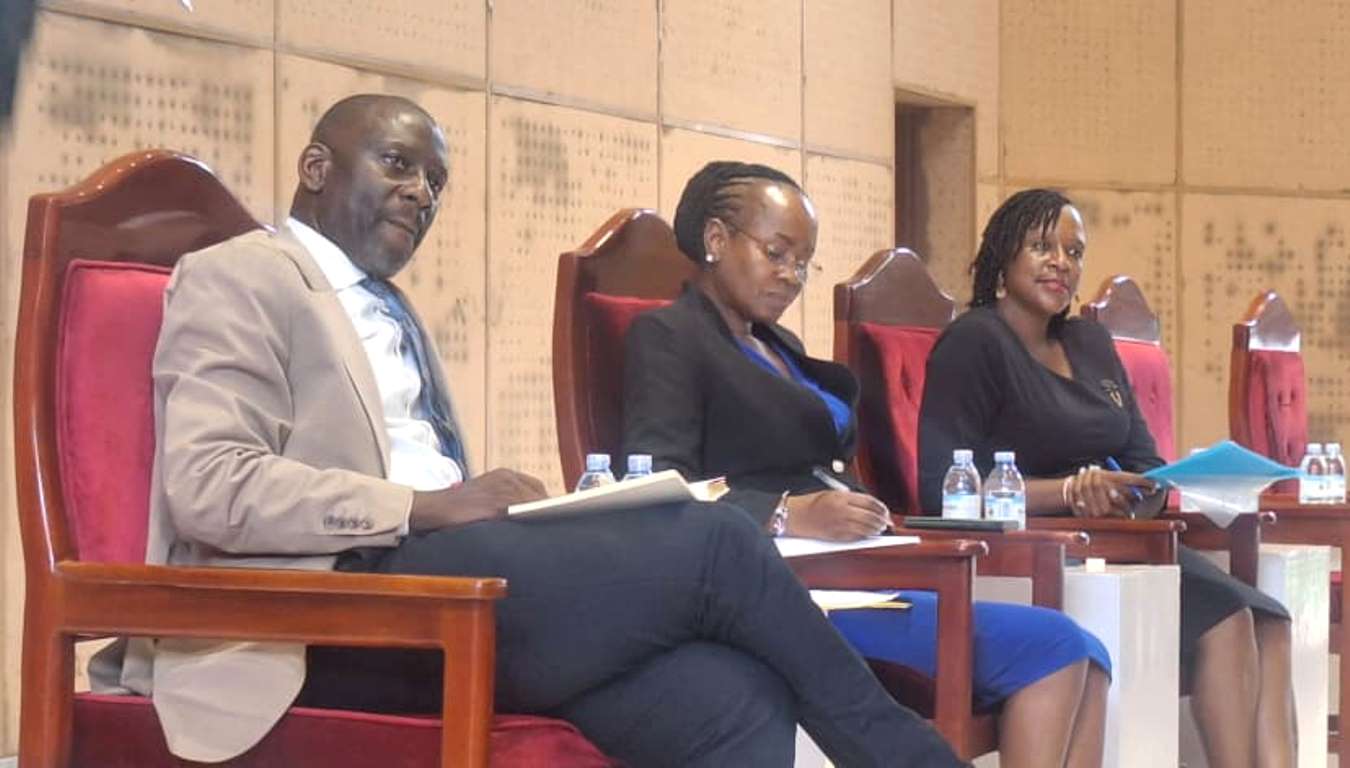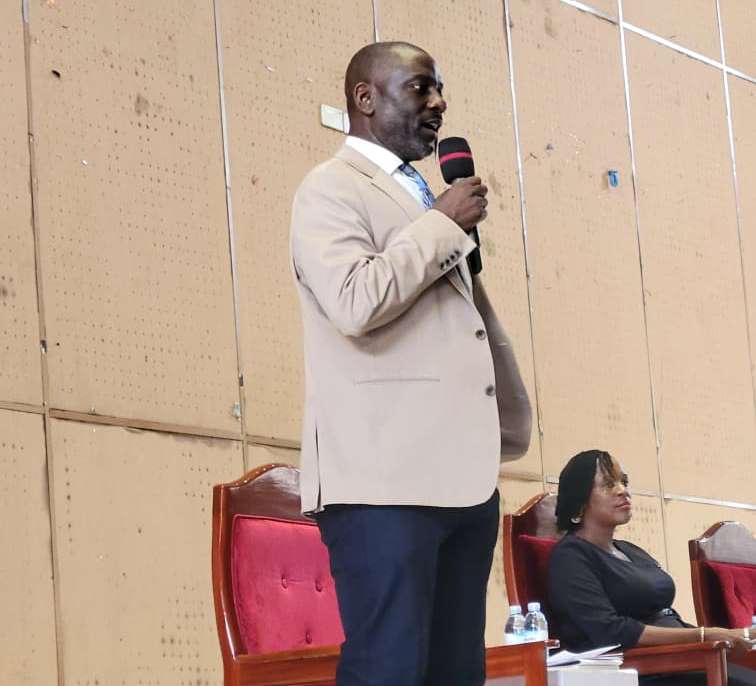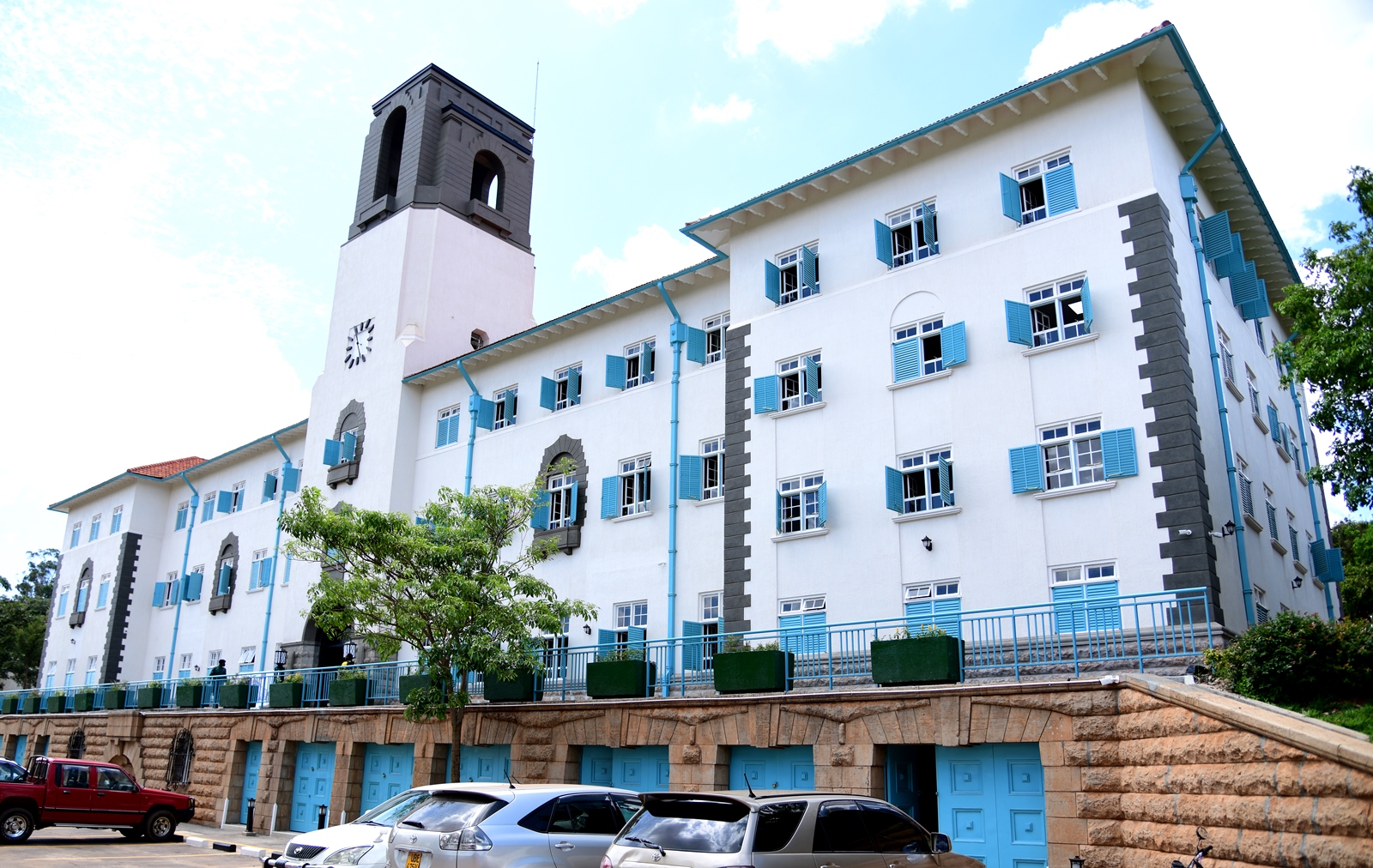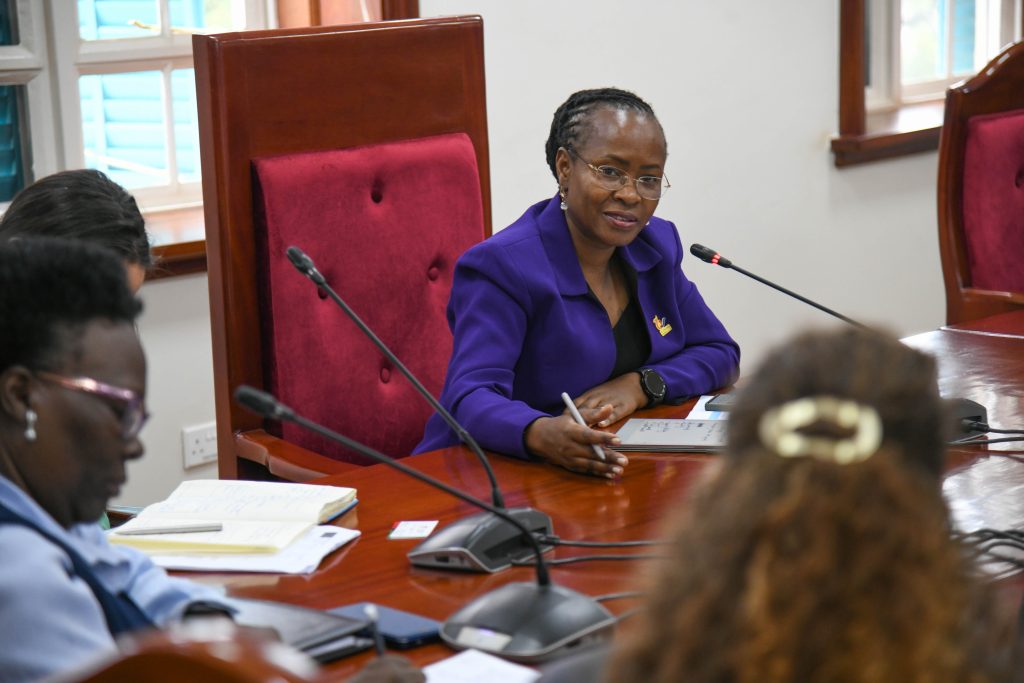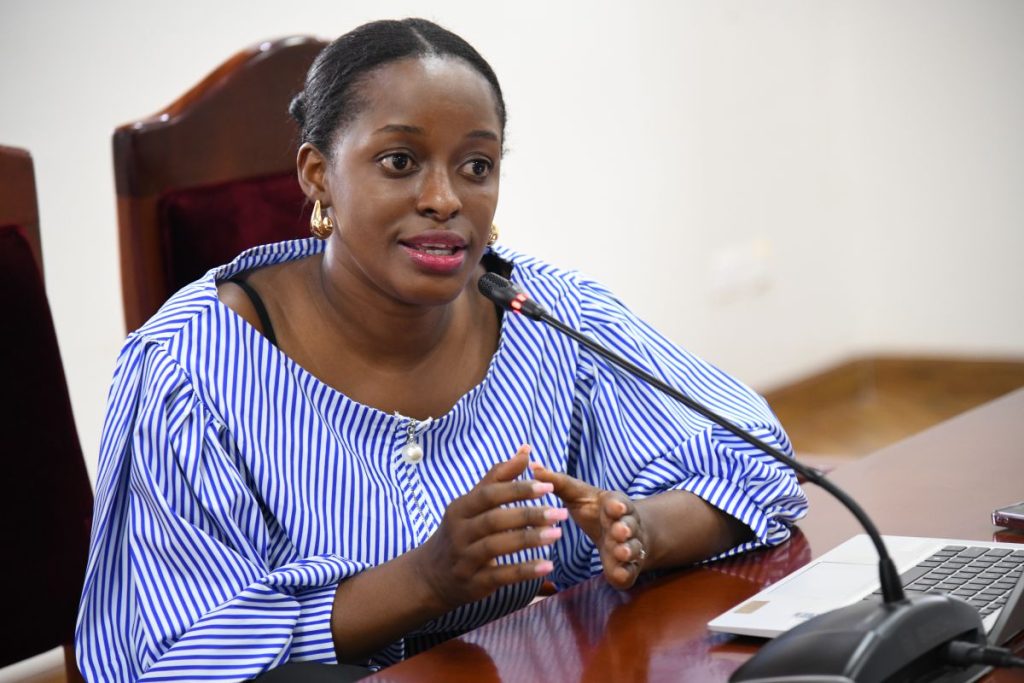• Farmers nickname Maksoy bean varieties “Somalia”
• The song describes soybean as the “golden beans”
• Song targets Luo speakers such as the Langi, Acholi, Alur and Kumam
Makerere University’s plant breeder Prof. Phinehas Tukamuhabwa and Associate Plant Breeder Mr. Tonny Obua have released the Soybean Production Guide in form of a song. The Soybean Production Guidebook was published by the duo from the Department of Agricultural Production, School of Agricultural Sciences, College of Agricultural and Environmental Sciences (CAES) in 2015.
The song was produced by local musician Jesper Ewanyi in Lira also known by his stage name as Dealrafael JSP. It was released on 5th January 2019 during the participatory field day to evaluate the 35 Pan-African soybean varieties from six African countries under trial at the Ngetta Zonal Agricultural Research Development Institute (ZARDI) in Lira District.
Speaking during the function Associate Plant Breeder Mr. Tonny Obua said, as researchers they turned to music because it is easier for the locals to understand and share via social media, Bluetooth, radio and email unlike books and posters.
“We basically translated our Soybean Production Guide in Uganda into music for Acholi and Lango sub-regions targeting Luo speakers mainly the Langi, Acholi, Alur and Kumam.
This is because Northern Uganda is the leading producer of Maksoy bean varieties and has enormous untapped potential”, Obua said.
Maksoy varieties (1N-6N) have been nicknamed by farmers in Northern Uganda as “Somalia”. The Luo song describes the varieties as the “golden beans” in the chorus; describing soybean as a miracle crop and highlighting its importance, varieties and advantages. It gives hope to farmers that they will become rich when they grow soybean, and advises them on the need to form farmer groups and adopt bulk selling, good agronomic and post-harvest handling practices as well as storage.

Prof. Phinehas Tukamuhabwa has pioneered development of glyphosate tolerant soybeans in Africa, in containment, at Makerere University. He has also spearheaded the development and release of soybean varieties (Nam2, Namsoy 3, Namsoy 4M, Maksoy 1N, Maksoy 2N, Maksoy 3N, Maksoy 4N, Maksoy 5N and Maksoy 6N) and the climbing bean varieties (Nabe 12C, Nabe 9C, Nabe 8C, Nabe 7C and Nabe 6C) all widely grown in Uganda and in the region at commercial level.
While addressing farmers, processors, seed companies, Local government officials and development partners at a similar field day held on 3rd January 2019 at Mubuku Irrigation scheme, Prof. Tukamuhabwa hailed youth and farmer groups in Northern Uganda for embracing the Maksoy varieties that have transformed many lives.
”Farmers in Northern Uganda call soybeans “Somalia’. They tell their youth that instead of going to Somalia or Arab countries to do odd jobs, plant soybean because they will become as rich as those who go abroad but they are safer.
The choice is in your hands because you have no reason why you should not grow soybean. The market is more than you can produce. So you have no excuse as to why you do not have money.” Prof. Tukamuhabwa stated.
Prof. Tukamuhabwa urged farmers to be proactive, produce quality seeds and sell in large quantities by working in groups, pledging that Makerere and other development partners were more than ready to work with the people of Kasese, Jinja and Lira to offer education and advice for the betterment of their lives.
The Gross Margin Analysis for soybean production with fertilizer and improved seed indicates that it’s a viable and profitable venture. The total Variation Cost is UGX480,000. The output per acre is 800 Kg; priced at UGX1,200 leading to total revenue of UGX960,000 with a Gross Margin of UGX480,000 per acre.

The demand for soybean seed and grain from seed companies is high. RECO; a company specializing in agro processing and agricultural development, for example has announced that it needs 120,000 tons of soybean grain for food processing. A kilogram of soybean grain costs between UGX800 and UGX2,200 while the seed goes for UGX4,000-6,000. This makes soybean one of the highly priced cereals in the country with ready market from local consumers, seed companies and food industries.
The Project Officer PASTTA Project Mr. Arnold Mbowa told participants that the mission of the African Agricultural Technology Foundation (AATF) is to see small and medium holder farmers gain access to technology. He said the foundation core crops of prominence have been maize, beans and cassava but soybean has emerged as both a food and cash crop.
“We have turned our focus to uplift soybean because of its high potential. We have been to Kasese, Hoima and many other ecological zones but we have discovered that Lango and Acholi sub-regions are the leading producers of soybean in Uganda and there is still a lot of potential”, Mbowa noted.
Mbowa also observed that soybean, unlike other crops, has different uses as a source of income, human food and animal feed, and as a raw material for many industries.
“As farmers you are more important than any other personnel because you are the supporters of life. We would like to have a sustainable system and that’s why the PASTTA project under AATF is working with Makerere University, funded by USAID Feed the Future and Sygenta program to bring the seed technology to increase production and productivity.”
AATF works in six African Countries including Uganda, Zambia, Zimbabwe, Ethiopia, South Africa and Malawi where the 35 varieties under trial in Uganda originate.

Assistant Plant Breeder Mercy Namara expressed the University’s commitment to develop new varieties and get them to the farmers.
She appreciated farmers, processors, seed companies, donors and Local governments for the different roles they play in the soybean value chain, adding that their participation in the field day would help researchers identify the best varieties for release so as to improve livelihoods.
“We would like to work together with you farmers as end users of the technologies to understand the specific traits that you are interested in as well as bridge the gap between researchers, farmers, processors, seed companies and other key players”.
Namara emphasized the need for farmers to practice good agricultural practices like weeding, early planting and proper spacing if they are to get good yields.
The Farm Manager, Ngetta Zonal Agricultural Research Development Institute, Mr. Apela Bushira described the field day as an important activity in the breeding program.
“It is from your vote that our breeders will select the best variety. So make sure your vote is representing the interests of people in the sub-region. The most important point is, when you start selecting take your time and wisely select a variety that will do well”, the manager advised.
Mr. Apela said their role as a ZARDI is to multiply the selected variety and release it to the farmers. He however advised farmers to form groups so as to benefit from such technologies and programs because the ZARDI cannot reach out to every individual farmer.
The song may be accessed on YouTube: https://youtu.be/jyu1XTQHkHI
Report compiled by;
Jane Anyango,
Principal Communication Officer, CAES
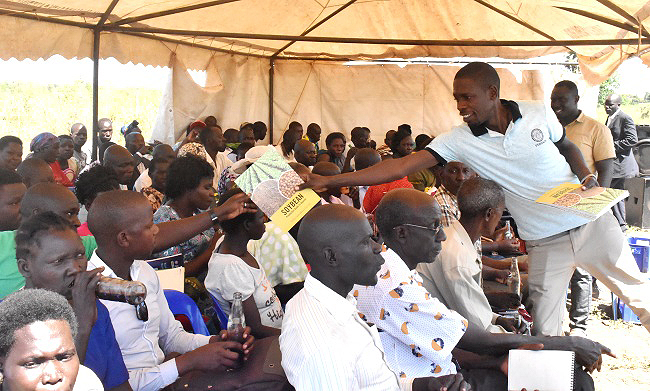

 Research1 week ago
Research1 week ago
 General1 week ago
General1 week ago
 Humanities & Social Sciences2 weeks ago
Humanities & Social Sciences2 weeks ago
 Health1 week ago
Health1 week ago
 General2 weeks ago
General2 weeks ago




